ChatGPT Integration in Mobile Apps: Complete Implementation Guide 2025
31 Oct 25 

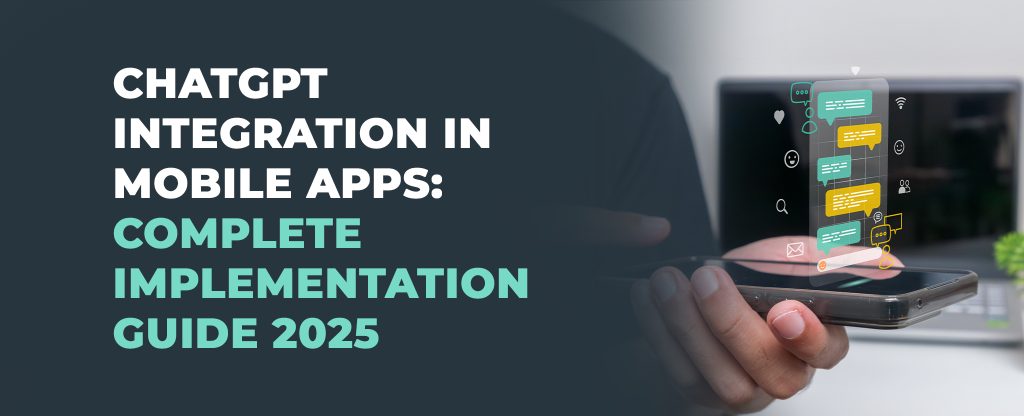
Mobile apps are now a major channel for businesses to connect with customers. But users no longer want apps that only perform tasks — they expect apps that communicate, assist, and understand their needs.
That’s where ChatGPT integration plays a vital role. It enables mobile apps to respond intelligently and engage users in natural, conversational ways. In this guide, we’ll look at what ChatGPT integration means for businesses, how it works, and why it’s worth adopting in 2025.
Why Businesses Are Choosing ChatGPT Integration
The rise of conversational AI has changed how users interact with technology. Instead of browsing through menus or waiting for responses, users can now ask questions and get instant, relevant answers. ChatGPT, developed by OpenAI, makes this possible by processing natural language and generating context-aware responses.
For business owners, ChatGPT integration offers several clear benefits:
- Instant support: Customers can get answers or assistance anytime, without delays.
- Reduced support costs: Automated conversations handle routine queries efficiently.
- Personalized experience: ChatGPT learns from interactions and tailors suggestions.
- Improved engagement: Apps become more interactive and user-friendly.
- Scalability: The system handles multiple conversations simultaneously.
These advantages make ChatGPT a practical solution for businesses aiming to strengthen customer experience without increasing operational effort.
What ChatGPT Integration Means
In simple terms, integrating ChatGPT into a mobile app means enabling the app to “talk” with users naturally. The model understands questions, processes them, and responds in real time similar to how a support representative would.
For example, in a retail app, a customer might ask, “What are the latest offers on shoes?” ChatGPT can instantly reply with the right information, product links, and suggestions.
Behind the scenes, the app sends the user’s question to ChatGPT through an API. The AI processes it and returns a meaningful response. Developers handle this connection, ensuring it’s secure and aligned with business goals.
Also read How to Choose the Right Chatbot for Your Business: A Simple Guide
Common Use Cases of ChatGPT in Mobile Apps
1. Customer Support
Businesses can automate routine interactions, such as answering FAQs, tracking orders, or assisting with account details. This reduces waiting times and ensures customers receive consistent support.
2. E-commerce
ChatGPT acts as a virtual sales assistant. It can help users find products, compare options, check availability, and complete purchases — all through conversation.
3. Education
In learning apps, ChatGPT can answer questions, explain concepts, and guide learners based on their progress. It makes studying interactive and accessible.
4. Healthcare
Healthcare apps use ChatGPT for appointment scheduling, medication reminders, and general information. It can also guide users to the right service or department.
5. Travel and Hospitality
ChatGPT can assist travelers in booking hotels, checking flight status, or finding attractions, offering a smooth travel experience.
6. Finance
In financial apps, ChatGPT simplifies tasks like budget management, explaining loan options, or clarifying banking terms in plain language.
These use cases show how ChatGPT can make mobile apps more responsive and easier to use across different industries.
Steps to Integrate ChatGPT into a Mobile App
1. Identify Your Objectives
Start by defining what you expect ChatGPT to do. Is it for customer support, onboarding, or personalized recommendations? Clear objectives help guide the implementation process.
2. Choose the Right Development Partner
Work with an experienced app development company familiar with AI integrations. A capable partner will ensure proper setup, testing, and optimization.
3. Design the Chat Interface
The chat layout should be simple, intuitive, and consistent with your brand. The tone of responses should align with how your business communicates.
4. Connect ChatGPT via API
Developers integrate ChatGPT’s API into the app’s backend. This connection allows user messages to be processed by the AI and returned as meaningful responses.
5. Customize and Fine-Tune
The AI can be fine-tuned using your business data — such as FAQs, product details, or service guidelines — to make its responses more accurate and relevant.
6. Test Thoroughly
Before launching, test how ChatGPT interacts with users. Focus on accuracy, response speed, and tone consistency.
7. Launch and Monitor
After deployment, monitor user interactions and feedback. Regular updates help improve response quality and maintain engagement.
Following these steps ensures a smooth integration that adds real value to your app.
Also read How AI is Shaping Tomorrow’s Digital Banking ?
Business Benefits of ChatGPT Integration
1. Enhanced Customer Interaction
ChatGPT enables instant, two-way communication, helping users find solutions quickly and improving satisfaction rates.
2. Operational Efficiency
By automating repetitive tasks, businesses can reduce employee workload and operational costs.
3. Personalized Experiences
The AI learns from user behavior, enabling it to offer tailored recommendations that increase engagement and conversions.
4. 24/7 Availability
Your app can engage users any time of the day, across time zones, without downtime or additional staffing.
5. Data-Driven Insights
User interactions provide valuable data on preferences, common issues, and trends. These insights can help businesses improve products and services.
6. Brand Differentiation
Offering intelligent, responsive communication helps your app stand out in a competitive market.
7. Scalable Growth
ChatGPT handles large volumes of queries with ease, supporting business growth without increasing costs proportionally.
Trends Driving ChatGPT Integration in 2025
As AI adoption increases, several trends are shaping how ChatGPT is being implemented in mobile apps:
- Voice and Chat Combination: Many apps now integrate both voice commands and chat interfaces for hands-free interaction.
- Emotionally Aware Responses: Newer models can recognize tone and sentiment, helping brands respond with empathy.
- Industry-Specific AI Models: Businesses are using customized versions of ChatGPT for sectors like healthcare, finance, and education.
- Data Privacy Focus: AI solutions are being designed with stricter data security and compliance standards.
- Integration with Internal Tools: ChatGPT is increasingly connected with CRMs, booking systems, and analytics platforms for a unified experience.
These trends reflect how conversational AI is evolving from a simple chatbot tool to a core part of user engagement strategies.
Is ChatGPT Integration Right for Your Business?
If your business relies on digital engagement, customer support, or personalized communication, ChatGPT integration can add measurable value.
It can improve user retention, reduce response times, and support faster conversions. More importantly, it helps businesses build stronger customer relationships by delivering useful and timely responses.
The technology is scalable and adaptable, making it suitable for startups as well as established enterprises looking to modernize their mobile presence.
Challenges to Consider
Before integration, it’s also important to understand potential challenges:
- Training Quality: The AI’s accuracy depends on the data it’s trained with. Poor-quality inputs can lead to irrelevant responses.
- User Privacy: Ensure compliance with data protection regulations when collecting user data.
- Maintenance Needs: Regular monitoring and updates are required to keep responses relevant.
- Integration Costs: While setup costs vary, long-term savings from automation often outweigh the initial investment.
A good development partner can help address these challenges effectively.
The Future of ChatGPT in Mobile Apps
As AI capabilities advance, ChatGPT will become a standard feature in mobile applications. Future versions will handle not just text and voice, but also image-based queries and multimodal inputs, making user interaction more seamless.
For businesses, this means the opportunity to deliver consistent, intelligent, and personalized communication — at scale. Those who invest in integration early can establish stronger digital relationships and gain a competitive edge.
Partner with Mindster for Smart ChatGPT Integration
ChatGPT integration is no longer a technical experiment — it’s a practical business solution that improves engagement, efficiency, and customer satisfaction.
If you’re planning to integrate ChatGPT into your mobile app, choosing the right partner makes all the difference. Mindster specializes in developing intelligent mobile solutions that combine strong design, user experience, and AI-powered features.
Our team can help you design and implement a ChatGPT-enabled app tailored to your business needs, ensuring it performs reliably and delivers measurable results.
👉 Build a smarter, more interactive mobile app with Mindster. Get in touch today to start your ChatGPT integration journey.
- Agentic AI1
- Android Development3
- Artificial Intelligence31
- Classified App3
- Custom App Development5
- Digital Transformation12
- Doctor Appointment Booking App14
- Dropshipping1
- Ecommerce Apps40
- Education Apps2
- Fintech-Apps37
- Fitness App4
- Flutter4
- Flutter Apps20
- Food Delivery App5
- Grocery App Development1
- Grocery Apps3
- Health Care10
- IoT2
- Loyalty Programs9
- Matrimony Apps1
- Microsoft1
- Mobile App Maintenance2
- Mobile Apps126
- Product Engineering6
- Progressive Web Apps1
- React Native Apps2
- Saas Application2
- Shopify9
- Software Development3
- Taxi Booking Apps7
- Truck Booking App5
- UI UX Design8
- Uncategorized6
- Web App Development1








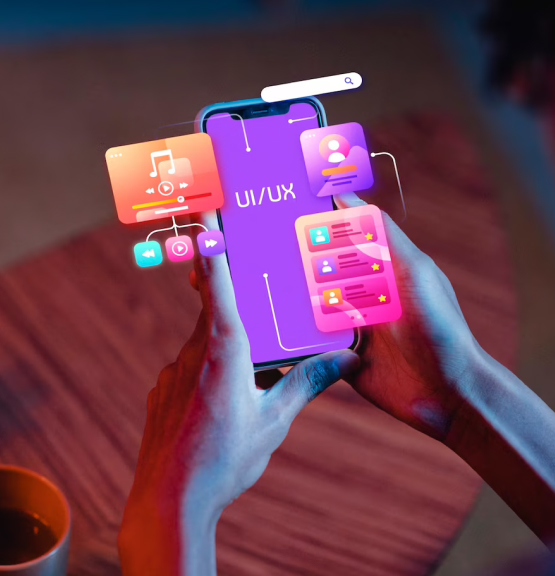
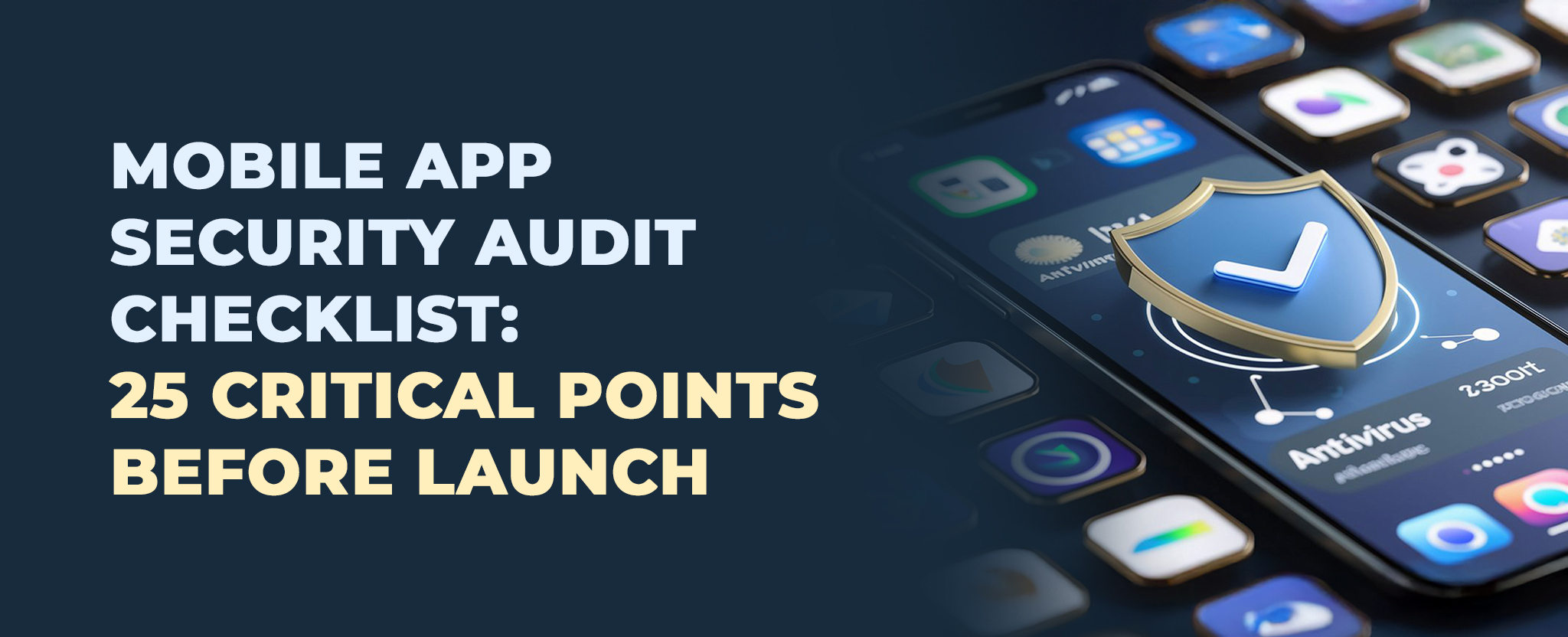
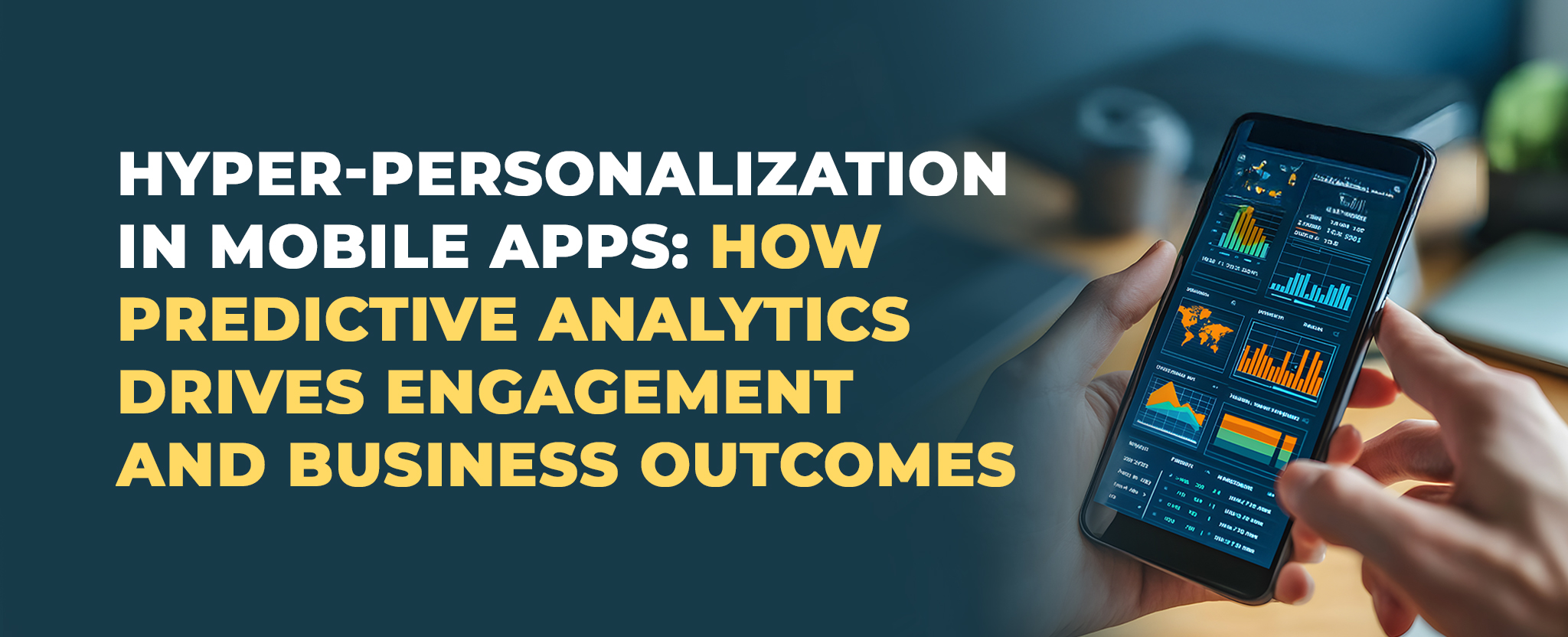
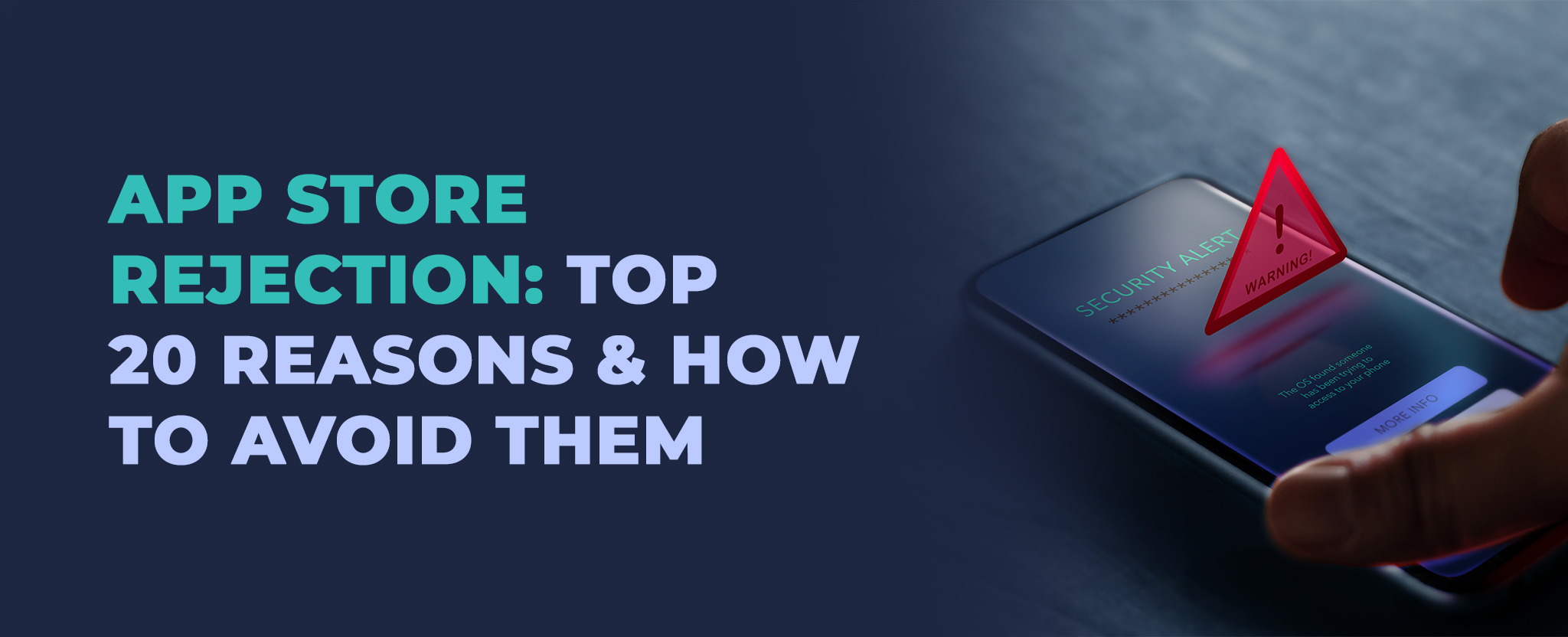







Comments